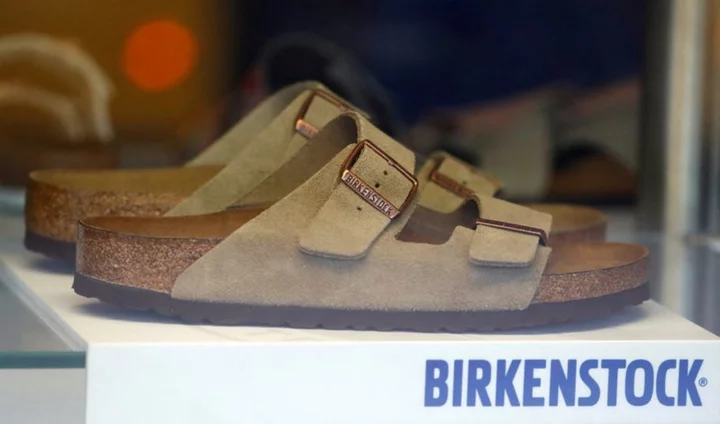Honda Motor Co. will start a self-driving taxi service in Tokyo in early 2026, in a move that may help alleviate a shortage of cab drivers in one of the world’s most-populous cities.
The Japanese automaker has been developing the driverless vehicle with General Motors Co. and its subsidiary Cruise LLC, which is already testing its autonomous taxis in four US cities. It will start with dozens of vehicles in central Tokyo, with a goal of expanding to 500 vehicles, before eventually taking the service named “Cruise Origin” to other areas, Honda Chief Executive Officer Toshihiro Mibe said at an event Thursday.
The boxy vehicle, which can carry up to six passengers, won’t have a driver’s seat or steering wheel, allowing riders to sit facing each other in a cabin-like space that can be used for meetings on-the-go. It will be displayed at the Japan Mobility Show, which starts later this month.
Autonomous taxis could help address one of the key issues facing the industry in Japan: a shortage of drivers, after more than 10,000 drivers left the industry during the pandemic. They also offer a driving solution to people with disabilities and an aging population, said GM CEO Mary Barra, who joined the event via video link.
Read More: Driver Shortage Sends Japan Taxi Firms to Recruit New Graduates
“We have been designing Cruise Origin thinking its usage is not only to transport people, but also objects, and want to expand its usability,” Mibe said at the event, held at Honda’s Tokyo headquarters, adding that the three companies are looking to collaborate with transportation operators.
Japan lags behind countries like the US and China when it comes to autonomous driving. So far, there’s only one town with vehicles featuring level-4 capabilities — defined when they can handle all driving tasks but only under specific conditions with the option for humans to take over. Even then, the seven-seater golf carts are only allowed to navigate a 2 kilometer (1.2 mile) course. Maximum speed: 12 kilometers per hour.
“It will be the first time to have this kind of service in Tokyo,” Mibe said.
The three companies signed a memorandum of understanding to establish a joint venture for the ride-hail service.
Japan introduced revised traffic laws in April, allowing level-4 fully automated driving on public roads under certain conditions, such as a requirement for remote monitoring. The venture will have to gain approval for the Cruise Origin given its lack of a driver’s seat, Mibe said.
As for the challenges of left-hand driving in Japan and Tokyo’s narrow roads that may lead to collisions, Cruise CEO Kyle Vogt said safety is the first priority and the company has been continuing to refine the technology in the US. The robotaxis were involved in a series of safety incidents, including a collision with a firetruck that injured one of its customers.
Honda introduced Japan’s first level-3 autonomous passenger cars in 2021, but only offered 100 of the upgraded Legend sedans at 11 million yen ($73,400) apiece. At level-3, vehicles can perform most tasks, but humans are still required to take over when necessary.
(Adds further comment from Honda CEO in fifth paragraph.)









